#korean war
Text
You simply cannot take a stance against Imperialism whilst simultaneously believing in, and upholding, propaganda against North Korea. It is you responsibility and duty to unlearn what you’ve been told about North Korea.
#north korea has never been the enemy#north korea#anti capitalism#anti imperialism#communism#socialism#korean war#korean history#free palestine
1K notes
·
View notes
Text
Happy Lunar New Year!
{primary source}
#tiktok#lunar new year#korean war#moon#stand up comedy#stand up#asia#colonialism#soviet union#imperialism
841 notes
·
View notes
Text
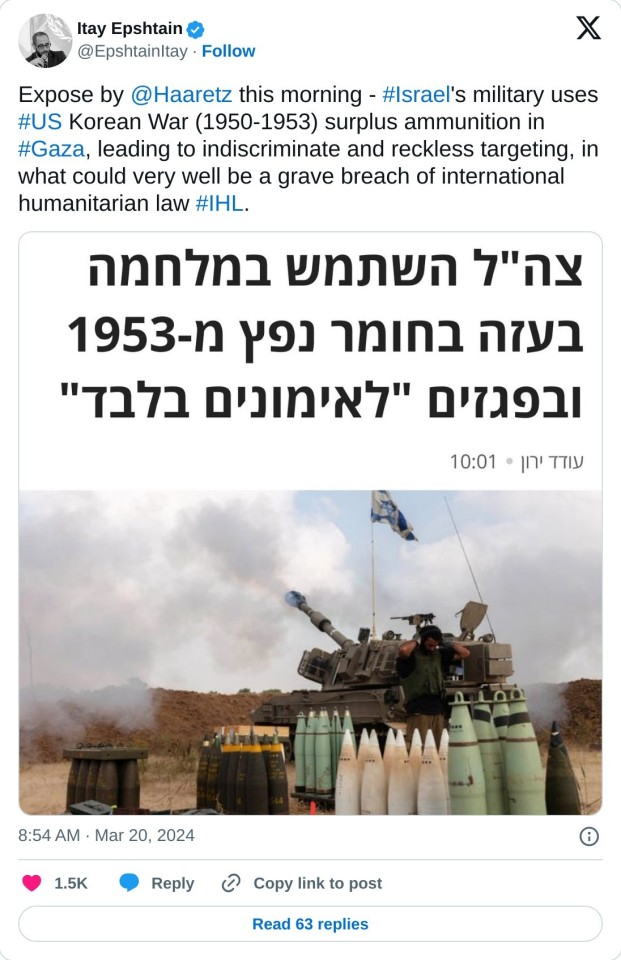

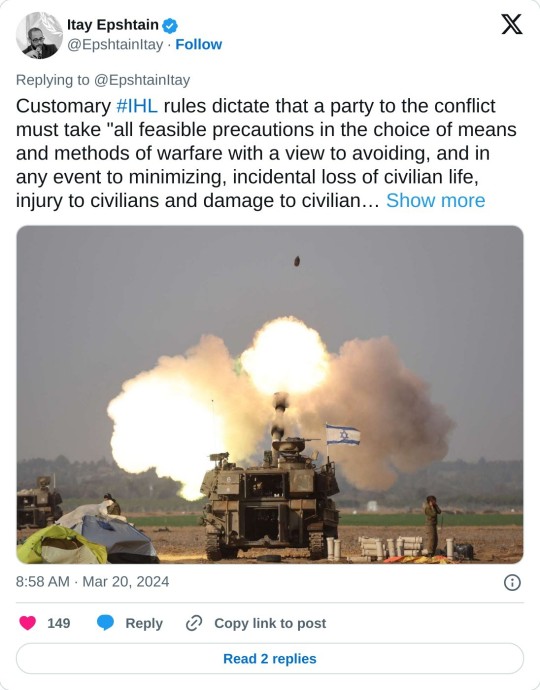
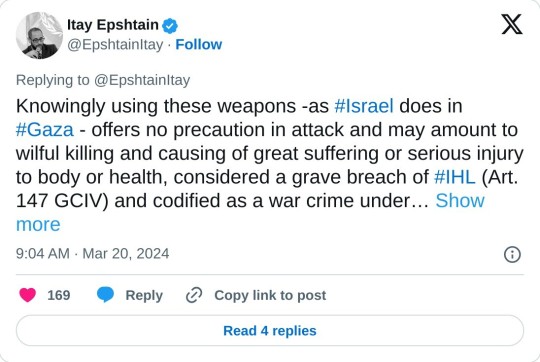
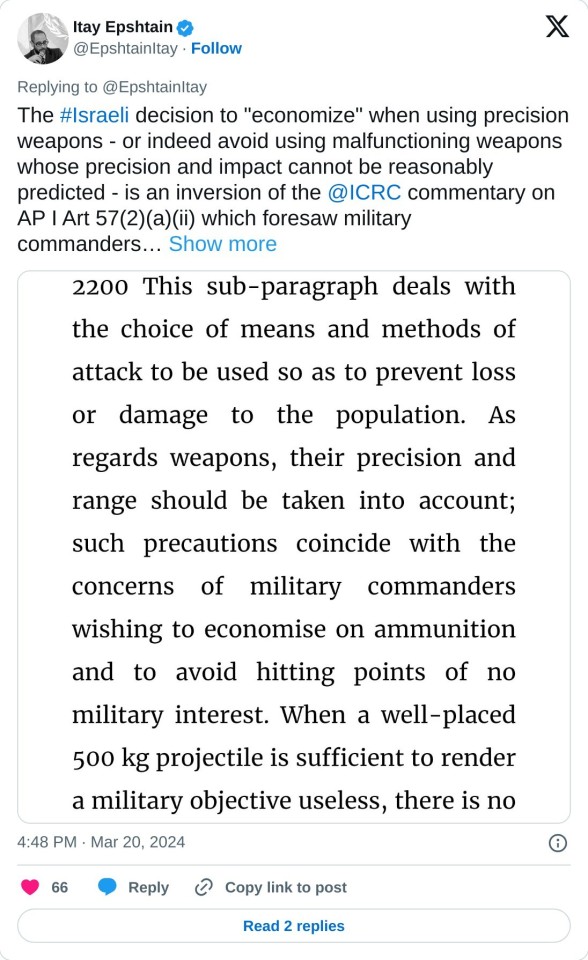
[CONT] economize to prevent harm to civilians, not increase it. It is a testament to the marginality of legal advice - if any such responsible advice was given - to the decision of Israeli commanders in #Gaza.


#yemen#jerusalem#tel aviv#current events#palestine#free palestine#gaza#free gaza#news on gaza#palestine news#news update#war news#war on gaza#korean war#genocide#gaza genocide#imperialism
653 notes
·
View notes
Text

Pretty clear attempt at damage control for the image of the US's invasion of Korea, in light of the recent successful Chinese films depicting the war. Notable choice to focus on black troops, and on the air war - not a new angle at all, other than all the 'you forgot about the war! Make sure you remember what we told you about the war!'
I wonder if they'll acknowledge that this is the 'history' being made?

5K notes
·
View notes
Photo

A map of bombs dropped on North Korea during the Korean War.
327 notes
·
View notes
Text
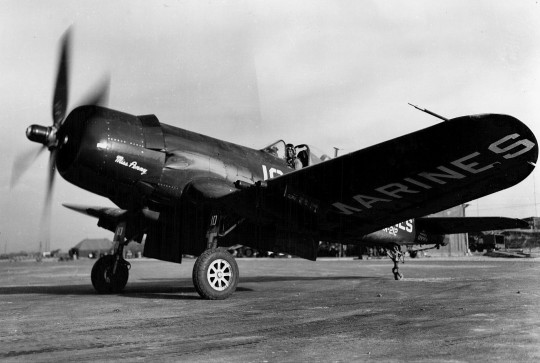
Vought AU-1 Corsair, Captain Robert D Alexander, Korea, November 10, 1952.
186 notes
·
View notes
Text

A U.S. Air Force Boeing B-29 Superfortress bomber from the 19th Bomb Group attacking a target in Korea. February, 1951
83 notes
·
View notes
Text

"The Jolley Roger"
#Airshow pictures#Fighter jet#Cold war#Korean war#F-86#Sabre#Sabrejet#Jolley Roger#Nose art#Airplane
183 notes
·
View notes
Text

On September 15, 1950, 1st Lt. Baldomero Lopez, is photographed leading his men of 3rd Platoon, Alpha Company, 1st Battalion, 5th Marine Regiment, over the seawall on the northern side of Red Beach, as the second assault wave lands at Incheon, Korea.
Lt. Lopez would be killed in action within a few minutes after this photo was taken. He threw himself on top of a hand grenade to shield his men from the blast. He would posthumously receive the Medal of Honor for his selfless act of heroism.
161 notes
·
View notes
Text
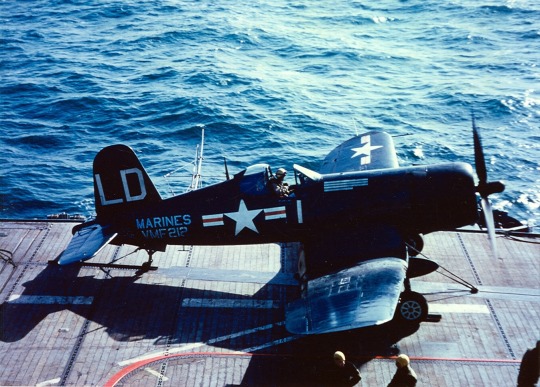
Un F4U-4 Corsair du Marine Fighter Attack Squadron VMFA-212 est sur la catapulte, prêt pour un lancement depuis le porte-avions d'escorte USS Badoeng Strait (CVE-116) pour une frappe en Corée – Guerre de Corée – 1952
Photographe : Gerald Haddock
©US Navy National Museum of Naval Aviation - 1996.253.7154.010
#après-guerre#after war#guerre froide#cold war#guerre de corée#korean war#marine américaine#us navy#us marine corps#usmc#aviation militaire#military aviation#avion de chasse#chasseur#fighter#chasseur embarqué#carrier-based fighter#chance vought f4u corsair#f4u corsair#corsair#uss badoeng strait (cve-116)#uss baodeng strait#cve-116#corée#korea#1952
47 notes
·
View notes
Text
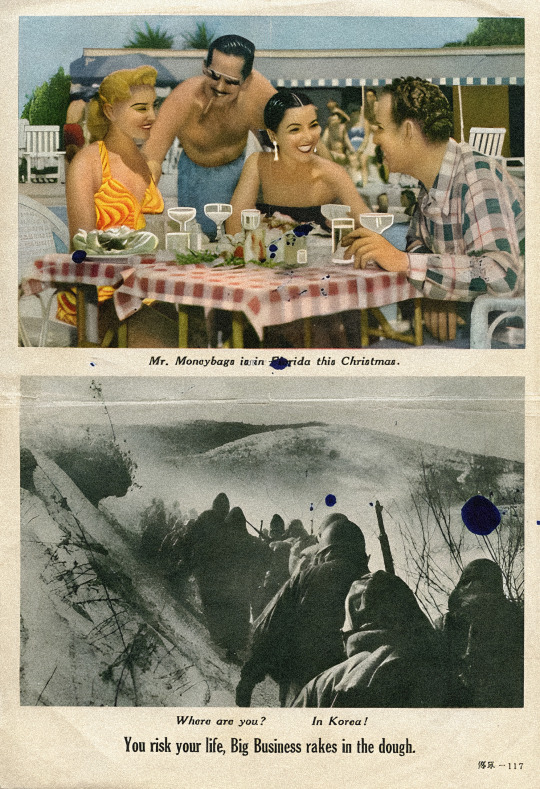
"You risk your life, Big Business rakes in the dough."
Democratic People's Republic of Korea
c. 1950s
#propaganda#poster#vintage#imperialism#capitalism#communism#socialism#north korea#korea#dprk#united states#korean war#big business#anti capitalism
101 notes
·
View notes
Text
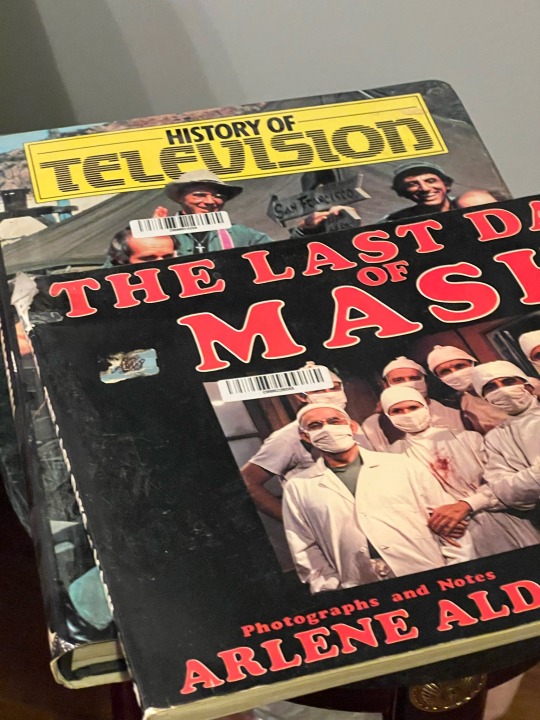


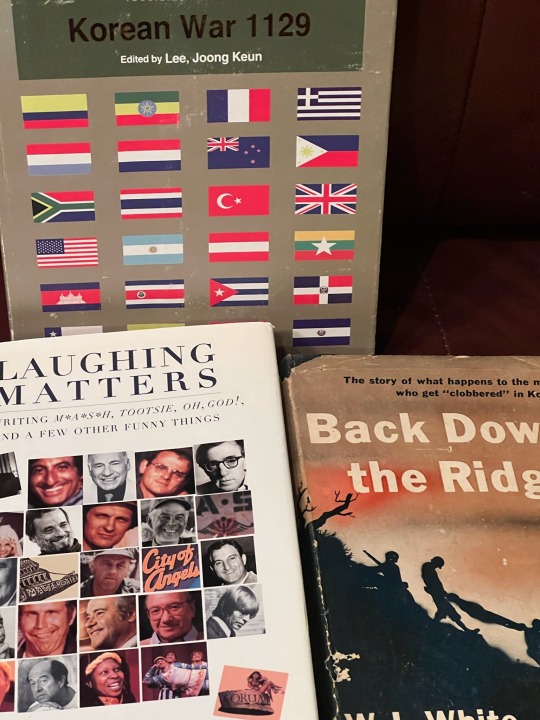


The first episode aired today in ‘72, so here are my M*A*S*H books to celebrate!! 🎉
124 notes
·
View notes
Text

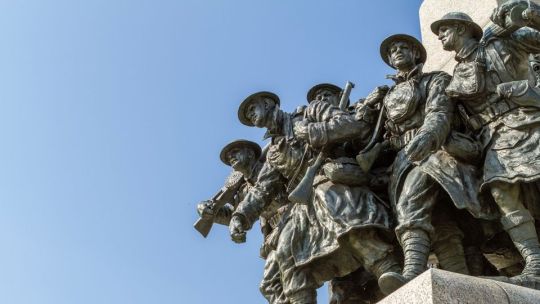
Built to honour the fallen of The Great War, Canada's War Memorial was unveiled by King George VI & Queen Elizabeth in Ottawa during the Royal Tour of 1939.. three months before the outbreak of WWII.
#National War Memorial#Ottawa#Remembrance Day#WWI#WWII#Korean War#RCAF#Royal Canadian Navy#The Fallen#British Empire#King George VI#Queen Elizabeth#May 1939
89 notes
·
View notes
Text
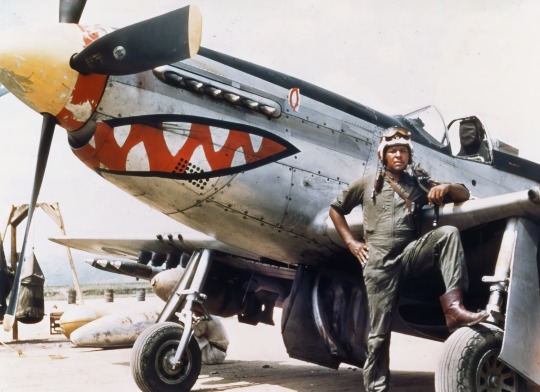

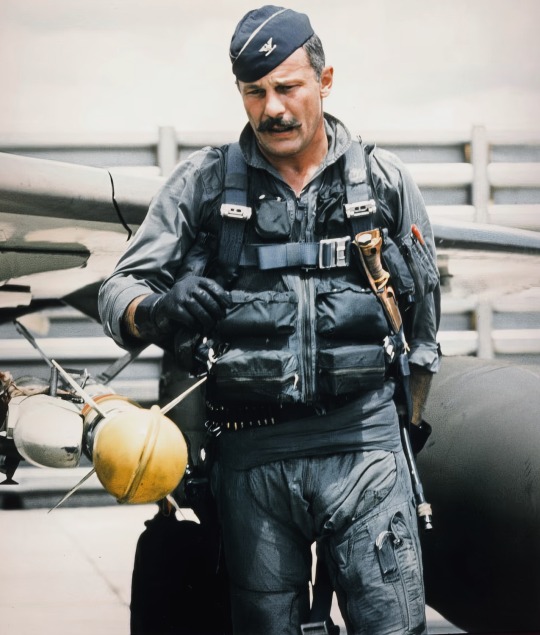

Brigadier General Ronin Olds And General Daniel "Chappie" James Jr. VIDEO ➤➤ https://youtu.be/o1ZAy1LnjiU
#youtube#aircraft#airplane#aviation#dronescapes#military#documentary#robin olds#chappie james#vietnam war#vietnam#korean war#veteran#veterans#veteransday#vietnam veteran#f 4 phantom#f 4
91 notes
·
View notes
Text



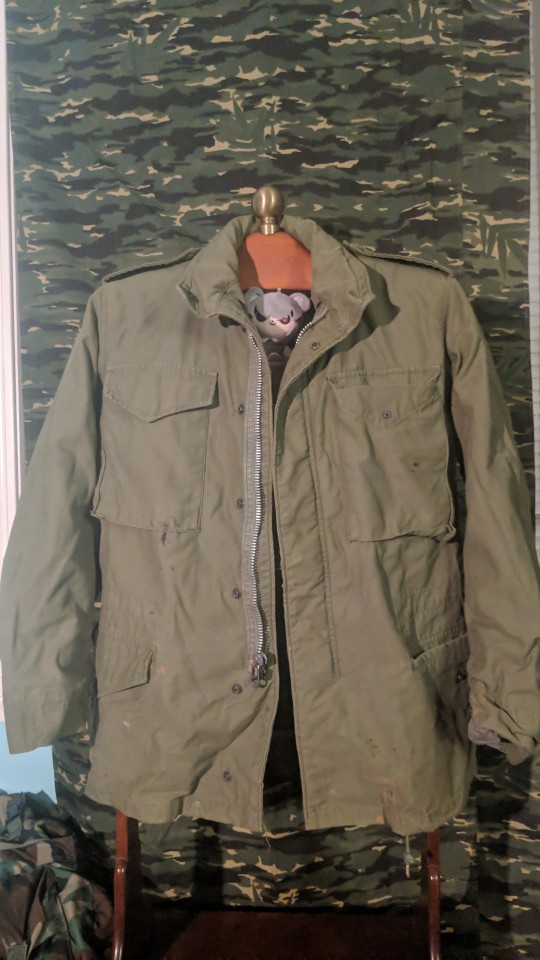


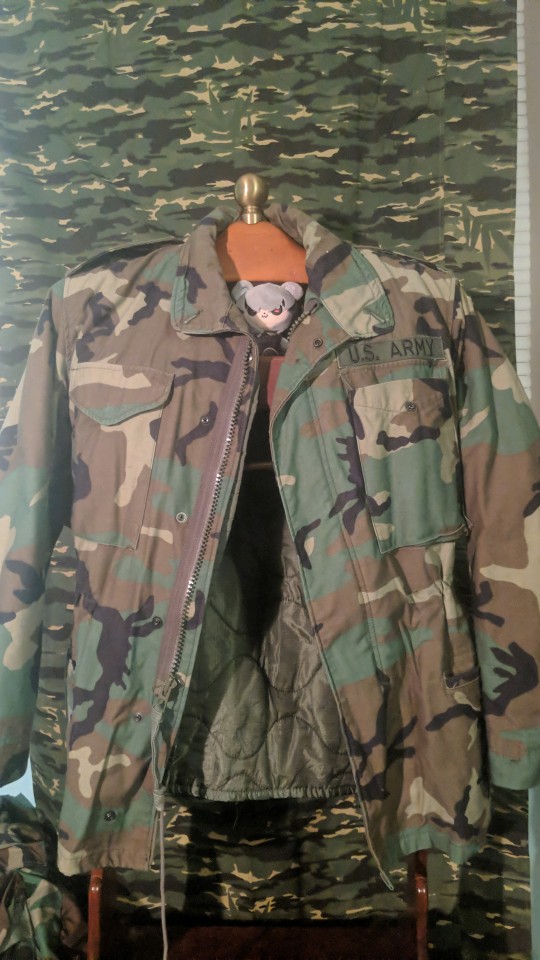


A (non)comprehensive evolution of the US Army field jacket, from 1945-2007. These are all original specimens, with or without optional items, and thus is incomplete before 1945, because using reproductions is never 1:1 and is cheating. (Unless its SMWholesale.)
1943-1953: M1943 Field Jacket, Civil Defense.
Pictured here is a Civil Defense variant, which outlived its military counterpart in service life. (This one is here because I haven't gotten around to focusing my autism on collecting them yet.)
1950-1953: M1950 Field Jacket.
An update to the M1943 with interior buttons for liners, a swing-out arm gusset and other improvements, mostly for making it more presentable for dress uniform. The M1950 makes its debut in Korea, is found wanting for actual combat, and within a year is superseded.
1951-1970s: Early M1951 Field Jacket.
A more field use oriented jacket, the M1951 introduces a zipper and snaps to the field jacket, while still retaining button in liners. The M51 survives Korea and enters Vietnam. Later production M51s can be discerned by white labels and green buttons, whereas early M51s have an ink stamp and brown, WW2 production buttons.
1965-1990's Early/Vietnam Era and Post-War OD M1965 Field Jackets.
The M65 iterates further on the field jacket, while adding additional features and simplifying manufacturing. most notably a stowable built-in wind hood and velcro wrist cuffs with stowed flaps to extend over gloves. The early Vietnam era M65s are distinguished by having 2 white cotton inkstamped labels, one on the neck, and one behind the right lower pocket, alongside aluminium zippers like the M51. Post-1973 M65s have brass zippers and either still retain the 2 labels, or have a single, larger label at the neck. (The Vietnam Era one here was acquired in Vietnam and was used in the war, and was repaired numerous times by many people until it found its way to me.)
1981-2008: Early and Late Woodland pattern M1965 Field Jackets.
The only significant difference on the early woodland M65 from its predecessors is its change to camouflage, entering service with the BDU in 1981, but served alongside the OD M65 all throughout the 80s and 90's, never fully replacing it. Early and Late Woodland M65s can be differentiated by a change from brass Talon zippers to green coated YKK zippers, and from white letterpressed or inkstamped labels to green letterpresses labels. (There is also the change of using woodland fabric to OD fabric in the hip pockets but that varies by manufacturer.)
1989-2008: 3 Color Desert M1965 Field Jacket.
A contract of 3CD M65s were made in 1989 for potential actions in desert areas around the globe, made to the same cut as the Late Woodland M65s with tan coated YKK zippers. Few made it in time to be issued in Desert Storm, among with the DCU, but saw more extensive issue in the rest of the 90s, and in Desert Shield, Iraq and Afghanistan. Another batch was made in Contract Year 2003, and changed the cut to the final iteration of the M65, without shoulder or nametape velcro. (I am too lazy to photograph this one right now.)
2004-2008: Universal Camouflage Pattern M65.
The last breath of the M65 in service to the US. By the time it was issued it was no longer competitive with other cold weather clothing systems, and many commands did not authorize them for dress uniform. Other parts of the M65 system were made in UCP, but befell the same fate. Velcro for shoulder patches and nametapes were added, and liners in the same color were even made for them. Only a single contact year was ever ordered, and by 2008 the M65 was phased out of service. Maybe, someone high up might get nostalgic, and order new ones to be made in the current camouflage for dress uniform, but if ever that happens, the story ends here.
54 notes
·
View notes
Text

Vought F4U-4B Corsairs (VMF-212) aboard USS Rendova, 1951.
183 notes
·
View notes